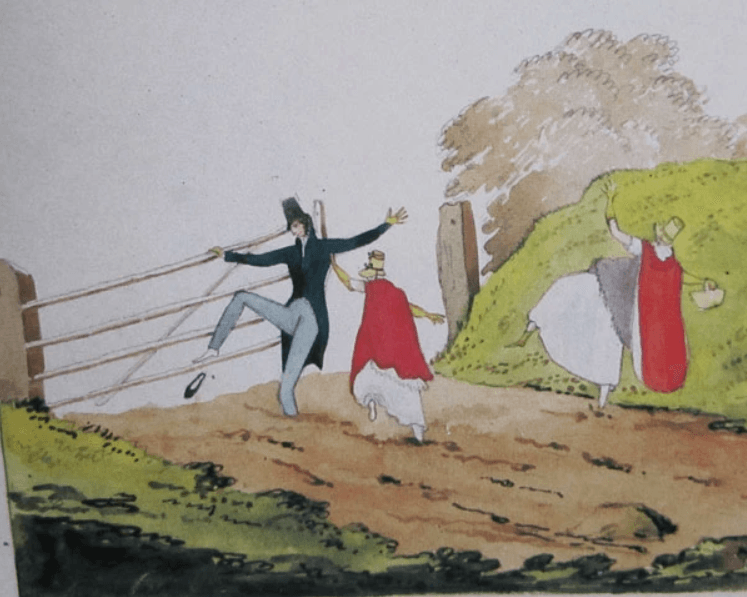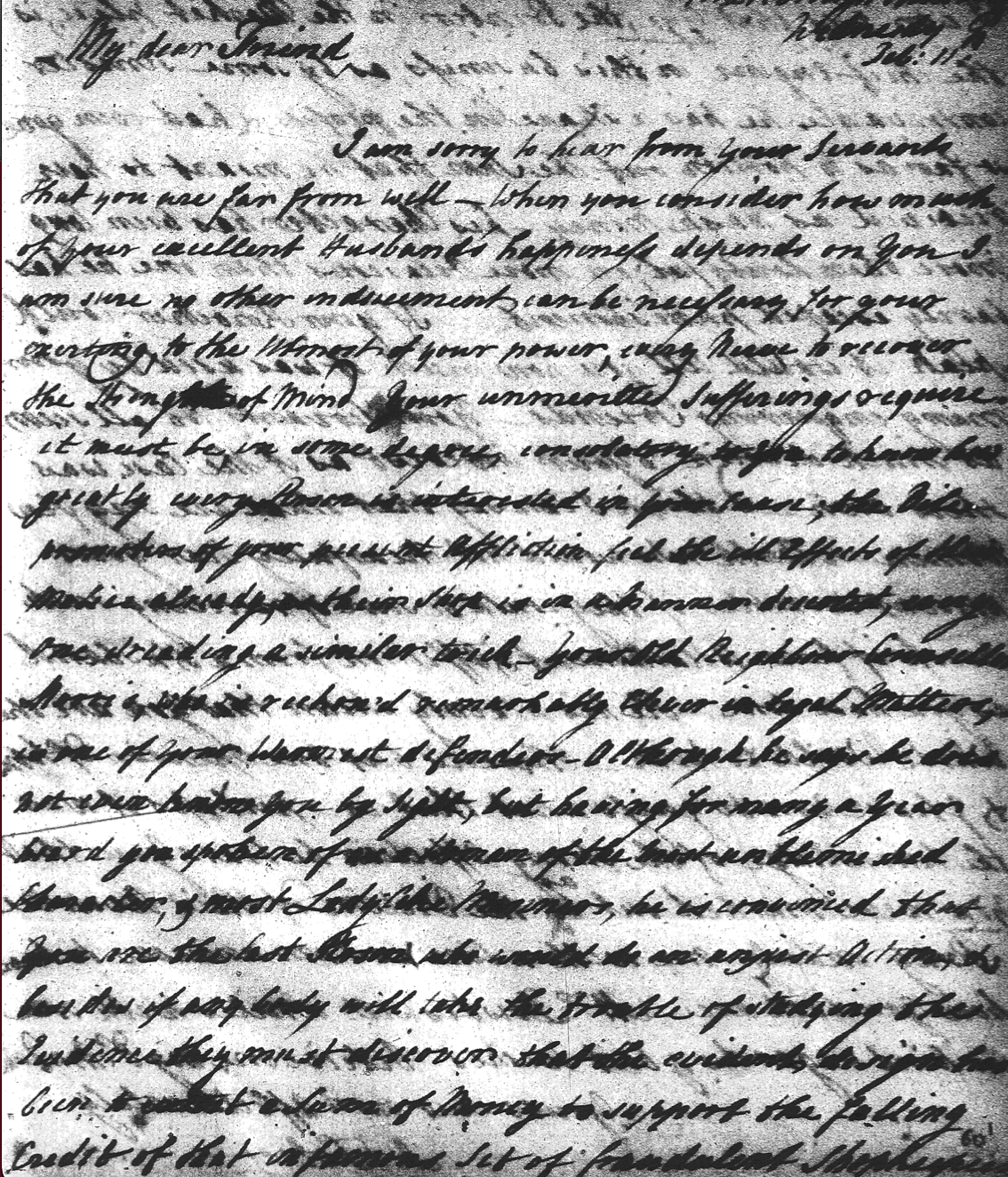Mary Anning: Fossil Hunter Extraordinaire

Science isn't a topic that we encounter often in Austen's writing. So far removed from the domestic and romantic day-to-day of Georgian life, you wouldn't be blamed for thinking that the scientific was simply not something women were able to involve themselves in at the time. Whilst, generally, this might have been the case, in the latter half of Austen's life, times were changing, and a seismic shift in the scientific world was on its way.
Lyme Regis, a small coastal town on the Dorset Coast of England, was a favourite holiday destination of the Austens, who visited the town in the first few years of the nineteenth century. Lyme Regis obviously made an impression on Jane, making its way into those pivotal chapters of Persuasion.
The young people were all wild to see Lyme. Captain Wentworth talked of going there again himself, it was only seventeen miles from Uppercross; though November, the weather was by no means bad; and, in short, Louisa, who was the most eager of the eager, having formed the resolution to go, and besides the pleasure of doing as she liked, being now armed with the idea of merit in maintaining her own way, bore down all the wishes of her father and mother for putting it off till summer; and to Lyme they were to go--Charles, Mary, Anne, Henrietta, Louisa, and Captain Wentworth.
Persuasion
Indeed, Austen seems to have been quite fond of the place. At the time it was a du jour little town which provided plenty of entertainment for young folk, but away from the hustle and bustle of the seaside tourism, a working class family were unknowingly on their way to playing a part in shaping our understanding of the (pre-)history of our world.
Remember to do some exploring yourself, in our Persuasion Gift Collection.
From what we still have of Austen's letters to her sister, Cassandra, we know that Austen called on the services of a local cabinet maker by the name of Richard Anning. Richard was a working class man, who would have had a keen interest in diversifying his income, so also made himself a bit of cash selling fossils he found on the beach as curios. It is not impossible that on her visits to Lyme, Austen may have encountered Richard's young daughter, Mary, who he taught how to spot and gather the fossils that littered the Lyme beachfront. Shortly after Richard's death, Mary, at the young age of twelve, would discover what she and her brother assumed to be a crocodile, but was in fact a remarkably intact ichthyosaur skeleton.
Mary Anning went on to establish her own fossil collecting business, setting up a stall selling her finds. Over the years, she would begin to develop quite the reputation. She found a loyal customer in collector Lieutenant-Colonel Thomas James Birch, who was saddened by the Anning family's poverty and decided to auction his Anning collection of fossils, bringing in £400. The auction earnings set the family up more comfortably, and also created buzz around her business.
Anning, though lacking a substantial formal education, was a self-taught geologist and anatomist, even dissecting fish and other small animals to better understand her findings. Working at a time in which women's employment options were limited, many of Anning's findings were attributed to the wealthy collectors who purchased them from her, and she wouldn't be properly recognised for her contributions until much later. Around a decade after her ichthyosaur finding, Anning would discover a plesiosaur skeleton, the authenticity of which would be debated by the Geological Society- of course, in Anning's absence.
Anning passed of presumed breast cancer at the age of 47. After her death, members of the Geological Society, clearly feeling a little guilty at having given her short shrift whilst she was living, funded a stained glass window in her memory in the church where she is buried.
Anning's findings would constitute an important part of the discoveries that would rock the world of science throughout the nineteenth century. The discovery of fossils and advent of palaeontology would be a key factor in the discovery that perhaps the world was much older than people had once suspected, calling into question the dominant religious doctrine of the time. Our current understanding of animal extinction, evolution, and natural selection would not have been possible without the work done by early fossil collectors like Mary Anning.
Mary Anning continues to capture imaginations; most recently, you might have spotted her (highly fictionalised) portrayal by Kate Winslet in period drama, Ammonite. Anning was also the inspiration behind Cora, the protagonist of Sarah Perry's bestseller, The Essex Serpent. The book is currently being adapted into a six-part limited series for Apple TV starring Claire Danes and Tom Hiddleston.
You can see many of Anning's findings, including her plesiosaur, on display at the Natural History Museum in London.
If you'd like to hear Jane Austen's thoughts on Lyme Regis, do check out our Online Gift Shop to get your hands on a copy of Persuasion.
_______________________________________________
Ellen White is editor of the Jane Austen Centre blog. She would love to hear from you! Check out our Submission Guidelines and get in touch.
If you don't want to miss a beat when it comes to Jane Austen, make sure you are signed up to the Jane Austen newsletter for exclusive updates and discounts from our Online Gift Shop.



Leave a comment
This site is protected by hCaptcha and the hCaptcha Privacy Policy and Terms of Service apply.